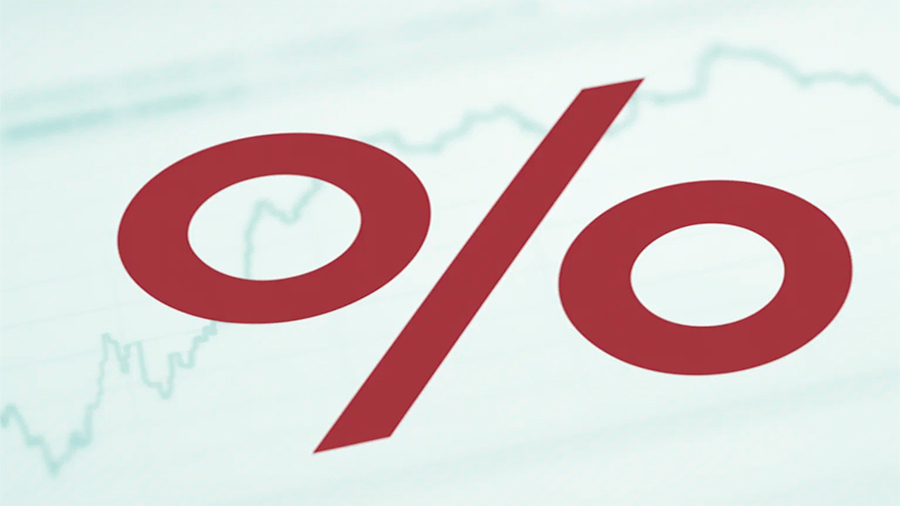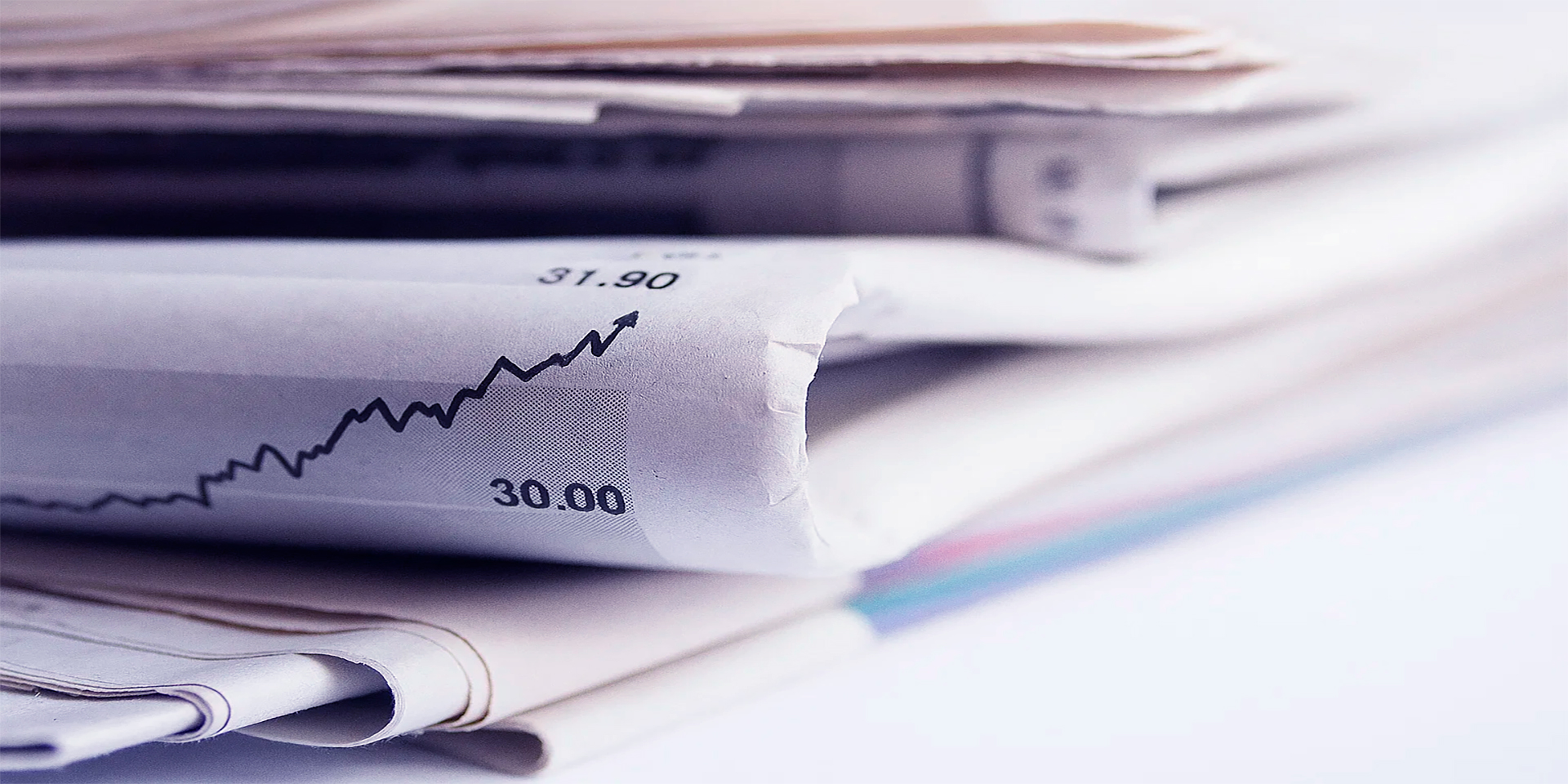Hidden Inflation And Trust In Economic Statistics
Every household feels the weight of rising costs in one way or another. Groceries stretch thinner, utility bills seem heavier, and services cost more than they once did. Yet official statistics sometimes tell a different story. Reports may claim that inflation is stable or even slowing, while consumers feel their money buys less every month. This gap between numbers and lived reality creates what many call hidden inflation. Beyond just an economic issue, it becomes a question of trust. When citizens no longer believe the figures released by governments or institutions, confidence in economic management begins to erode.
What Hidden Inflation Really Means
Inflation is usually measured by changes in price indexes. But these indexes cannot always capture the subtle ways costs rise. Sometimes product sizes shrink while prices stay the same. Other times quality declines—materials are cheaper, service is reduced, or durability falls—yet prices remain unchanged. People pay the same but receive less value. This phenomenon makes official inflation look lower than what households actually experience. Hidden inflation does not show up easily in the statistics, but it quietly eats away at purchasing power. It is this invisible erosion that creates the gap between figures and reality.
The Lived Experience
Families notice when a cereal box contains fewer grams, when shoes wear out faster, or when online services cut back features without lowering fees. These changes rarely appear in national inflation reports. For consumers, however, they feel as real as price hikes. When enough people sense this difference, skepticism builds. The result is a collective doubt: if the statistics do not reflect everyday struggles, can they be trusted at all?

Why Official Statistics Differ From Reality
There are technical reasons for the gap. Inflation indexes are built on averages. They track baskets of goods and services, weighted according to consumption patterns. But no household matches the average perfectly. A family that spends heavily on rent may face different inflation than one spending more on healthcare or transport. Moreover, indexes often adjust for quality improvements, assuming that a product with better features justifies a higher price. While the logic makes sense for economists, it feels disconnected from reality when daily essentials consume more of people’s income. Technical accuracy does not always align with public perception.
Limits Of Data Collection
Statistics rely on surveys, samples, and formulas. They cannot track every purchase in real time. Nor can they fully capture shifts like smaller packaging or hidden fees. These blind spots mean official numbers sometimes understate how quickly costs are climbing for ordinary citizens.
The Trust Problem
When official statistics appear out of step with lived reality, trust suffers. Citizens begin to question not only the data but also the institutions producing it. They suspect governments of minimizing problems to avoid political fallout. Whether or not this is true, the perception matters. Once trust is lost, even accurate data will be doubted. And without confidence in statistics, policy becomes harder to defend. People will reject explanations about inflation control if their own wallets tell them a different story.
Confidence And Policy
Monetary policy relies heavily on credibility. Central banks must convince the public that they can manage inflation. If people distrust the data, they also distrust the policies built on that data. This undermines stability and fuels frustration. The economic debate shifts from numbers to emotions, weakening the very tools designed to guide the economy.
Examples Of Hidden Inflation In Action
Hidden inflation is visible across sectors. Food is one of the clearest examples. Packages shrink, recipes change, or cheaper ingredients are used. In clothing, fabrics are thinner, seams less durable. In electronics, batteries may degrade faster or warranties become shorter. Service industries also show the pattern—airlines may keep ticket prices steady but charge extra for luggage or reduce legroom. Each of these shifts reduces value without raising the sticker price. Consumers notice but official metrics often do not. Over time, these small erosions accumulate into significant losses in real purchasing power.
The Household View
For an individual family, hidden inflation may mean needing to buy groceries more often, replacing clothes sooner, or paying extra for services once included in the base price. These adjustments feel like inflation even if the government reports stability. This mismatch between personal experience and official narrative is the root of distrust.
Consequences Of Distrust
When trust in statistics erodes, consequences reach beyond economics. Citizens may lose confidence in government honesty, viewing institutions as disconnected from reality. Political debates grow sharper, with claims that figures are manipulated or designed to mislead. Protests and social unrest can follow if people believe they are being misled about the cost of living. Even businesses feel the effects. If companies doubt official inflation figures, they struggle to set wages, prices, or investment plans. The entire system depends on shared belief in accurate statistics. Without it, uncertainty rises.
The Political Fallout
Inflation is not just an economic measure—it is also political. Governments seen as downplaying inflation risks face backlash. Citizens who feel unheard or misrepresented may turn against policymakers. This can weaken stability and make reforms harder to implement. In democracies, distrust in economic statistics often fuels populist movements that promise to reveal the “real truth” about costs.

How To Rebuild Trust
Restoring confidence requires more than technical adjustments. Transparency is crucial. Governments and statistical agencies must explain how inflation is measured, why averages differ from personal experience, and where gaps exist. Communication matters as much as methodology. People want acknowledgement of what they feel. If official data says inflation is three percent but citizens sense it is double, the response cannot simply be that they are wrong. It must be that averages differ, hidden factors exist, and both numbers and lived experiences are valid. Building this dialogue helps narrow the gap between statistics and reality.
Better Data Practices
Improved tracking of hidden inflation could help. Monitoring packaging sizes, quality changes, and service reductions would make statistics more reflective of daily life. New technology may allow more real-time collection of consumer data, giving a fuller picture. Including these elements would not only improve accuracy but also rebuild confidence by showing that institutions take citizen experience seriously.
The Future Of Inflation Measurement
As costs keep rising, the challenge of aligning statistics with reality will grow. Digital tools may allow deeper insights, but communication will remain key. Citizens need to feel that their struggles are acknowledged. Hidden inflation will always exist in some form, but its impact on trust can be managed. By being open about limitations, improving transparency, and broadening measures, institutions can bridge the gap. Without such efforts, the divide between official figures and personal reality will only widen, weakening both economic stability and political trust.
The Conclusion
Inflation is more than a number—it is an experience. When official statistics fail to capture the reality of hidden inflation, confidence in government and institutions suffers. People measure inflation not by indexes but by what their money can buy. If the two do not match, trust breaks down. Restoring faith requires honesty, transparency, and better data practices. Without it, hidden inflation will not just erode wallets—it will erode confidence in the very systems meant to guide the economy.


